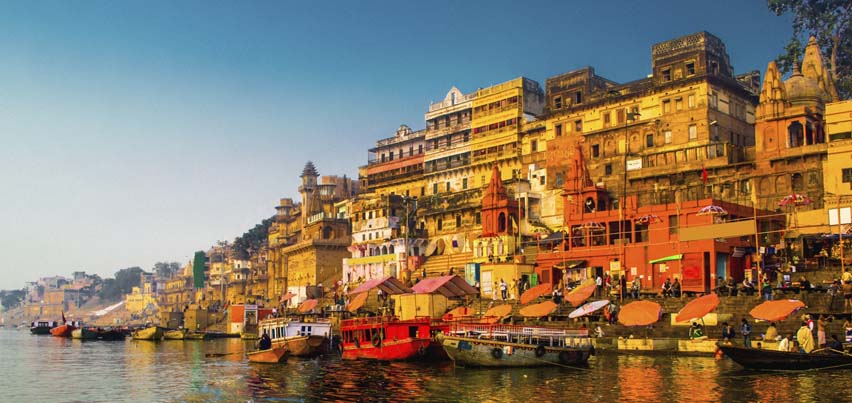"Banaras is older than history, older than tradition, older even than legend and looks twice as old as all of them put together."
- The renowned American novelist Mark Twain
Varanasi town lies between the 250 15’ to 250 22’ North latitude and 820 57’ to 830 01’ East longitude. The River Ganga only here flows South to North having the world famous ghats on the left bank of the river. Any history buff will be enchanted to learn that this ancient city finds reference in most of the great epics of India. Hindu legend has it that Varanasi is the centre of the universe, the first city created by the Gods on Earth, and it is certainly true that it was already an old city when Rome was created. The ancient city of Varanasi was not constructed in a day. The city has two fragments of a holy past: the first being Rajghat plateau, where the archaeological outcomes of wares date back to the period of very existence of urban settlement and the second being Sarnath, where Buddha gave his first sermon, “Turning the wheel of law”. The History of Varanasi dates as far back as the Aryan culture in the second millennium B.C. It was already an old city and was a flourishing centre of trade when Buddha came to Sarnath, some 10 km away, to preach his first sermon in 500 B.C. Later during 3rd century King Ashok built a monastery hamlet there, which sustained its existence till 12th century and was later destroyed. Since ancient times the natural and cultural landscapes of the city have retained an active social role in contemporary society closely associated with the traditional way of life. The Afghans completely destroyed the city in the 1400's AD and it had to be completely rebuilt. The city is a place of pilgrimage and a divine site for holy baths in the Ganga River, to have a good demise, to get relief from transmigration, to learn and obtain spiritual excellence, etc.
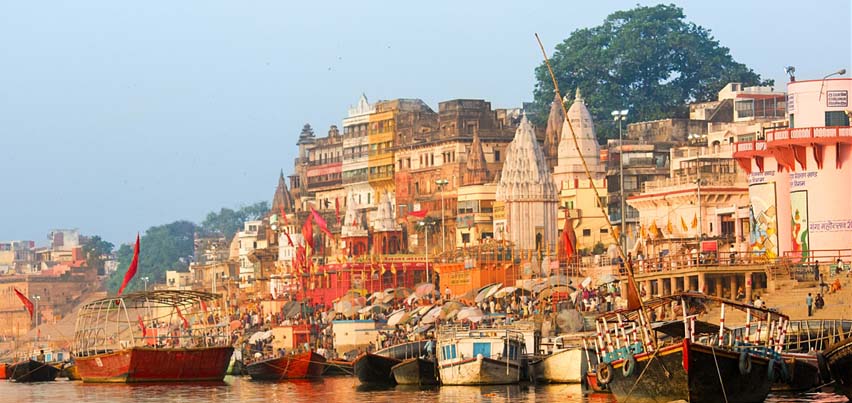
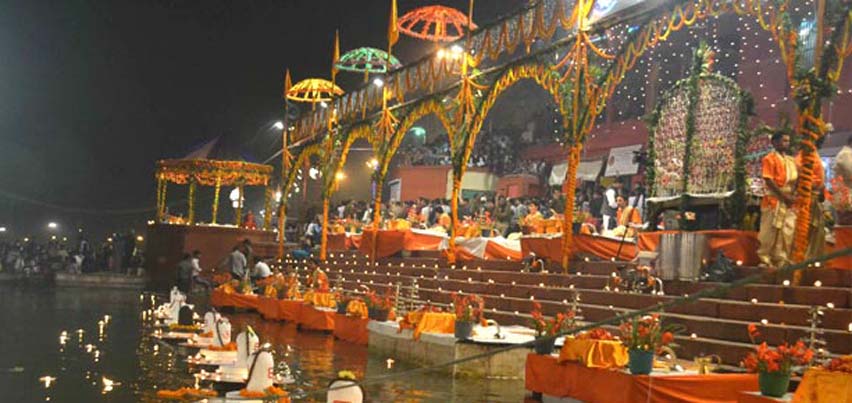
As human being, we lead a life full of struggle and discord. During annoying moments, we might knowingly or unknowingly indulge in activities that may be sinful. After a assured time, the wrong actions start pondering us down, and our ethics urges us to apologize for our sins. That is when we reflect visiting a teertha, where we can go and ask for forgiveness. Such a spiritual journey is termed as a pilgrimage or teertha yatra, which is one of the distinguished facets of Hinduism. Though, undertaking a religious journey is not mandatory in this religion, still a number of Hindus visit the teerthas every year in search of peace and enlightenment.
The city has still maintained its traditions. In spite of several downfalls and upheavals, traditions are fully alive even today. Being the holiest city of Hinduism, the impact of the religion is found everywhere in the city – the chanting bells and the monotonous, but oddly soothing, chant of Sanskrit hymns, in the fragrant flower offerings, and ‘Sindoor or Roli’ the colored powders that are sold in a countless roadside shops which decorate the foreheads of the devout, in the tens of thousands of worshippers and the thousands who offer them salvation or services. Ghats with stairways along the Ganga with presence of “dying homes”, charitable homes, pilgrims’ rest houses, are some of the city’s unique characteristics. Apart from that, silk weaving and sari making, metal, wood and terracotta handicrafts, toy making, particular painting forms, etc., comprise the continuity of historical and cultural tradition. Varanasi is famous for its fairs and festivals with respect to variety, distinction, time, sacred sites, performers, viewers and sideshows. The city of Varanasi has grown along the arc of Ganges with River Ganga as a focal point in one direction and growth of the city taking place in semi-circular direction. The city has a radial development pattern with areas like BHU, Manduadih, Sheopur and Sarnath emerging as new growth centres in all directions. Over a period of time, with the inclusion of a large number of villages and urban settlement, the city development has resulted in irregularly shaped built up areas along peripheries of the central areas of the city. The coming up of the Diesel Locomotive works and residential colonies over an area of 250 ha in the Southwest and the Soda Ash factory along the GT road in the East mark the development around the rural city fringe.
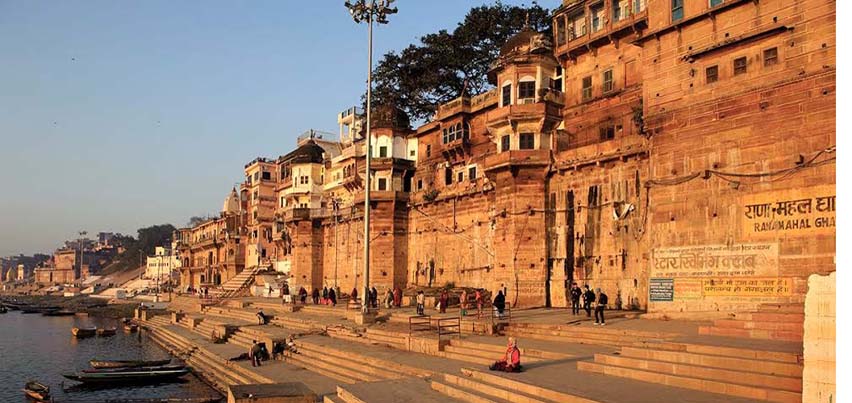
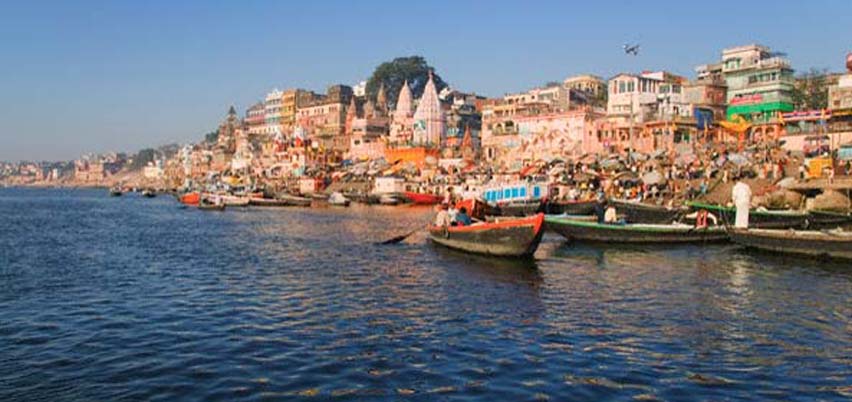
Morphological Development of Varanasi
Varanasi comprises of the old city area, central area and new area. Architecture in the old city area dates back to just after Afghan invasion, and in the central and new city, it is less than 150 years old. In the 2nd century, for the first time we find description of Dashashvamedha Ghat with reference to the great horse sacrifice ritual performed by the kings of Naga dynasty. During the Gupta period, 3rd to 6th century AD, the ghats became the centre of economic and cultural activities. The Puranic literature describes its glory vividly in various contexts. In the Gahadavala period, 11th-12th century, as much as five ghats were mentioned in several inscriptions, viz. Adi Keshava, Vedeshvara, Kapalamocana, Trilocana and Svapaneshvara. From the inscriptions it is also clear that on solar and lunar eclipses and on some other family celebrations people were going to the ghats for performances and giving donations to the Brahmins. By 17th century the riverfront landscape (ghats) became prominent in the overall arena of Varanasi. Varadaraja’s Girvana-padamanjari (17th century) gives a full account of the ghats, rituals and festivals associated to them. The palatial buildings along the ghats were built under the patronage of the Marathas during 18th -19th centuries. Even in 19th-20th century many ghats were re-constructed, re-named and reshaped too. Since 1950 the state government of Uttar Pradesh has been deeply involved in making the ghats stone stairs (pucca) and their repairing. During the period between late 18th and 20th century, along the riverfront many monasteries (ashramas), Sanskrit schools, temples, and pilgrims rest house were built by principalities, of different parts of India, like Peshvas of Pune (Gujarat), Holkar of Indore, and Scindhias of Gwalior (Madhya Pradesh), Bhonshalas of Nagpur (Maharashtra), Sursand, Bhabhua, and Darbhanga estates of Bihar, Rani Bhavani of Bengal, kings of Nepal, etc.

